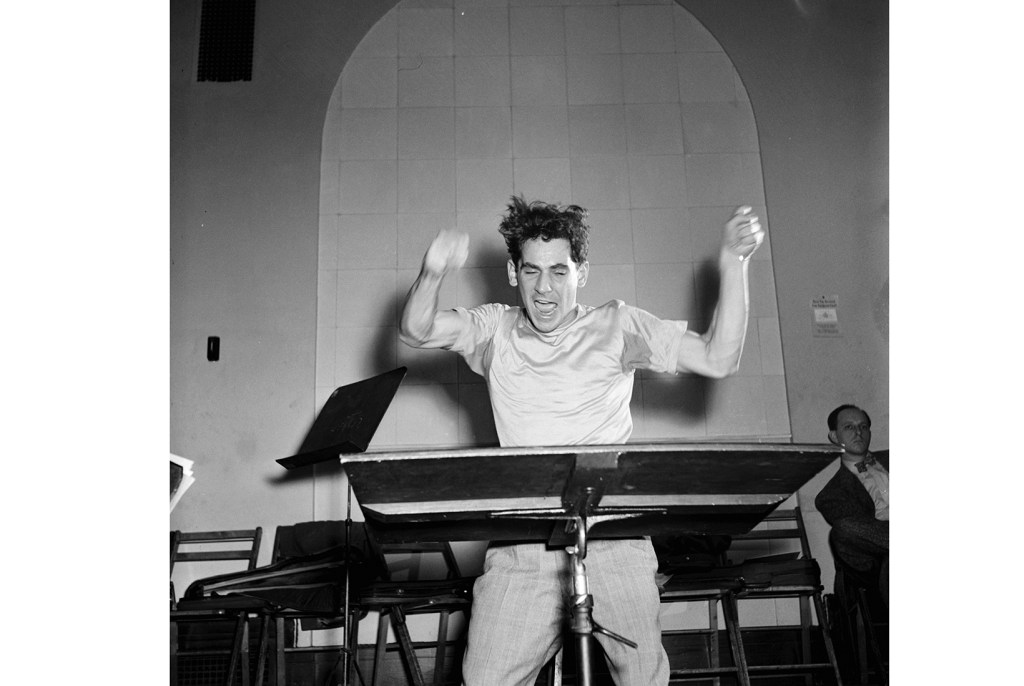In the fall of 1632, a man called Kaspar Schisler returned home to the small Bavarian town of Oberammergau. He didn’t walk through the gates in daylight, but waited until night, sneaking in past the tower guards. A few days later he was dead from the plague that was swelling and blistering its way across Europe — a plague which, until that point, strict quarantine had kept out.
Within a year it had killed a quarter of the town. The remaining residents gathered together and made a vow: if they were spared, they would stage a play of the life and death of Jesus, and would continue to do so every ten years in perpetuity. The plague abated and the Oberammergau Passion Play became a fixture, performed every decade since — part of a long tradition of dramatized Passions that stretches back to Pope Leo in the 5th century. This year’s performance has been postponed until 2022.
The root of the religious Passion is the Latin patior — to suffer or endure. Perhaps this is the reason why, while we’re happy simply to commemorate Christmas and the Easter resurrection, we have always enacted the story of Christ’s crucifixion. Suffering isn’t something you can spectate. We can peer through a stable window, stand back and marvel at the empty tomb, but the bloodied and broken body requires something else — a sharing of the burden, an act that makes both the story and the suffering our own.
Like the patrons in renaissance paintings of the crucifixion, incongruous in their Sunday best as they pray among the mourners at the foot of the cross, we feel the need to insert ourselves into the narrative. That’s why the greatest musical settings of the Passion aren’t necessarily the most dramatic, they are those that leave space for the listener to occupy.
And that’s why, while current fashion dictates that I should be championing Bach’s St John Passion for its brutal, breathless action — verbatim theatre, centuries ahead of its time — it’s the St Matthew that has my heart, that I come back to when times get tough.
The sheer scale of Bach’s second setting, with its two choirs and orchestras, running almost 45 minutes longer than the St John, gives the impression of arm’s-length awe. But don’t be fooled. Where the St John urges us onwards, keeping us constantly trailing in the wake of the action, everything in this setting is about drawing the listener in closer, giving us time to reflect and feel, interject (remember all those questions scattered through the choruses), even to doubt.
No Passion performances will take place this year, either in churches or concert halls. In place of a shared public ritual we must each make our own private one, which in the age of YouTube, Spotify and Idagio has never been easier or more daunting.
If it’s catharsis you’re after — unapologetic intensity and soul-stirring drama — you should skip straight past the neat period-instrument accounts and head straight to Hollywood and Leonard Bernstein’s English-language recording with the New York Philharmonic. Some of the choral singing is frankly horrible, but the Broadway conviction of David Lloyd’s Evangelist (the veil of the temple isn’t so much torn in two as shredded) and the widescreen sweep of the storytelling is hard to resist. A bonus track gives you Bernstein himself explaining the power of the piece — a 15-minute masterclass in engaging, approachable analysis.
More tasteful, but no less romantic in spirit, is John Eliot Gardiner’s 1989 recording. Blending the chalkier, Farrow & Ball colors of period instruments at a time of 1980s neon brights (husky flutes in ‘Buss und Reu’, two baleful oboes da caccia, pallbearers for the solo soprano in ‘Aus Liebe’) with an unapologetically theatrical approach, Gardiner positions himself at the junction of authentic and old-school interpretations. This is the admissible choice for those whose heart secretly lies with Richter or Klemperer.
If you’re listening at home there’s always the possibility of assembling your own fantasy Passion line-up. Given a choice I’d take Robin Blaze’s ingenuously lovely solo alto from Bach Collegium Japan’s ever so slightly precious 1999 recording, the spirit of dance that runs through Harnoncourt’s first account, and the textural clarity of Sigiswald Kuijken’s reduced-forces performance with La Petite Bande. Oh, and James Gilchrist’s Evangelist — always one of the crowd, flawed but endlessly, anxiously compassionate.
Forced to choose just one recording, though, it’s René Jacobs and the RIAS Kammerchor every time. The disc sells itself on spatialized sound, placing its two choirs at a distance, to really capture that sense of tussling dialogue. But, exhilarating though that is, it’s not the reason I go back.
This is a recording that trusts text and music, where soloists dissolve into the fabric of the whole, where it’s less about performance than, dare I say it, prayer. Jacobs’s professional musicians are miles away from the amateurs who staged that first play in Oberammergau in 1634, but the spirit is the same. With sickness once again penning Europe into anxious quarantine we could do worse than join them in their musical act of faith.
This article was originally published in The Spectator’s UK magazine. Subscribe to the US edition here.


















